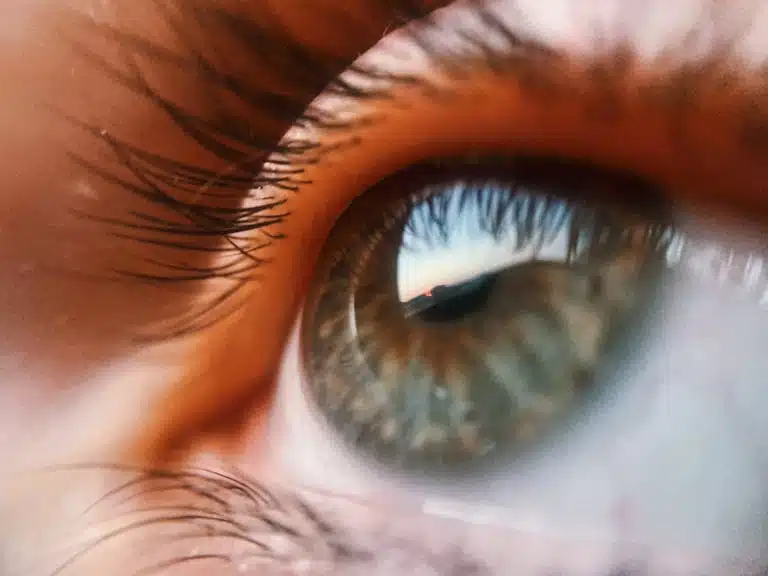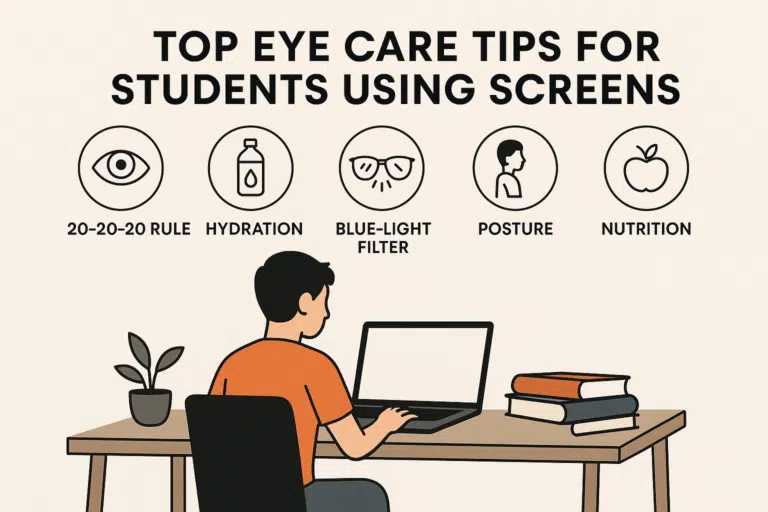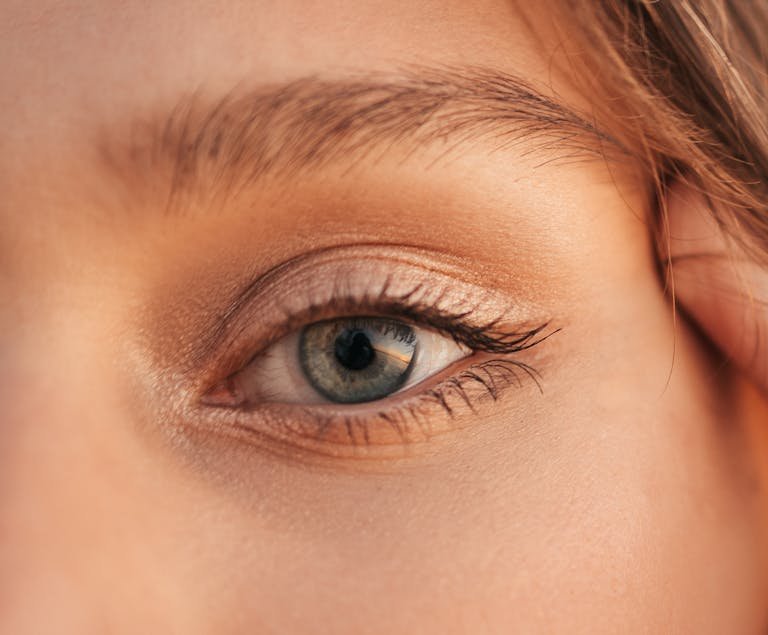Where Should Glasses Sit on Your Nose? Find Out Now
Do your glasses keep sliding down your nose, leaving red marks, or just feel off, no matter how many times you adjust them? You’re not alone. It is then commonly believed that one of the most common and least mentioned issues of glasses wearers is the poor fitting on the nose, and that this concern impacts even more in regards to comfort as well as the clarity.
When you are wondering how your glasses are supposed to fit on your nose to make it comfortable, see what you can see, and to look good, then this is the guide to have. Being a glasses wearer most of their lives and going through all the miseries of a bad fit, I am here to get it right, hopefully with just one lesson!
This step-by-step guide will teach you:
- What is the best way of locating the bridge?
- What a correct nose pad setup looks like
- Styles of frames that suit the various shapes of noses
- Frame-fixing tricks
Bridge Placement
Ideal Position
The bridge is the section of the frame that is put on your nose. It must rest:
- Lens tops have to be adjusted just under your eyebrows
- The pupils should each be in focus with their lens
This is the most desirable one, whereby you would rest the lenses in a position where they are parallel to your eyeballs.

What to Avoid
Some of the pitfalls to be avoided in placement are as follows:
- Too low: Glasses are up to the nose? That means that they are either too slack or too weighty.
- Too high: That messes with the eyesight, and it makes spectacles inelegant.
- Bridge floating above nose: too small a frame on your face.
- Frame squeezing the nose: It may cause marks that seem reddish and discomfort.
- Bridge floating above nose: too small a frame on your face.
Nose Pad Positioning (For Metal Frames)
There are adjustable nose pads on the metal frames that allow you a chance to adjust to what you want. Having an idea of how to do these could be a game-changer.
Good Nose Pad Fit
That is what a good nose pad setup is supposed to be:
- Get two pads that are placed on each side of your nose and are equally covered by them.
- They must not enter the skin and leave deep color of red marks
Adjustment Tip
When it comes to metal frames:
- Too tight? bend out a piece or two
- Too loose? Bend them inward for a closer grip
It is not a large distinction, but it is all the difference when attempting to have your glasses safe and comfortable.
Frame Fit for Plastic Glasses
Some key issues are involved in the placement of glasses on the face, and here you should be informed before you buy your glasses or just adjust yours.
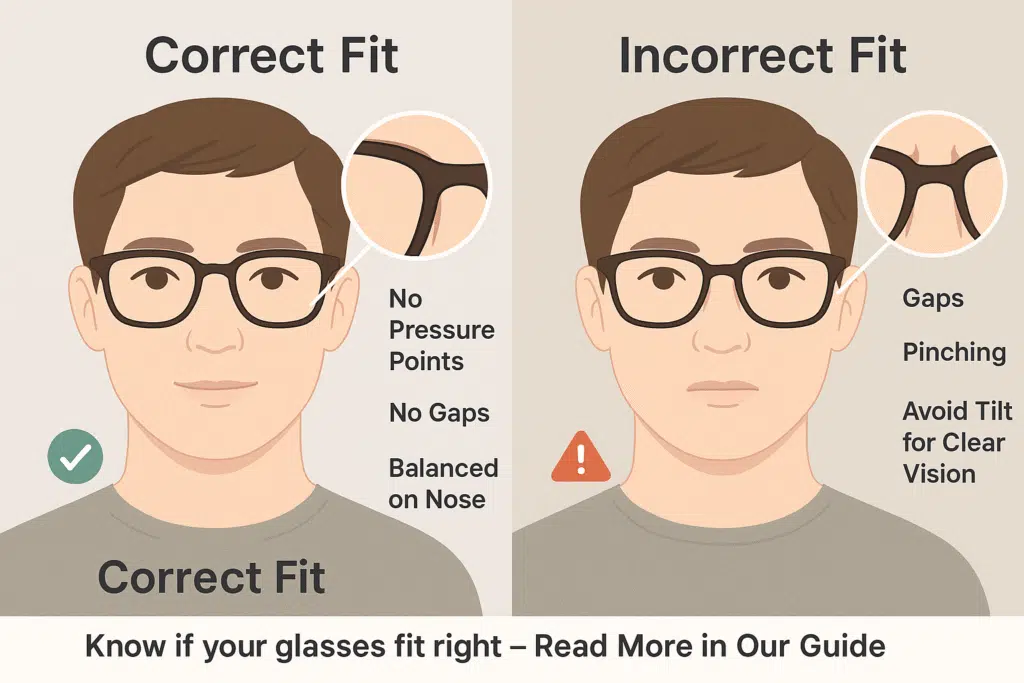
Ideal Fit
The profile of your nose is going to make a colossal difference in how a frame will be set:
- On the face, the nose bridge is low position
- There is the face of the people of Asia.
- After 10–15 minutes, you shouldn’t feel any discomfort
- Assists in avoiding the slipping of frames
When your glasses become slanted, then they are not balanced. That may result in optical distortion and headaches in the long run.
Factors That Affect Where Glasses Sit
There are always two noses. The position of the glasses is based on several major factors, which you must be aware of when you are either purchasing or shortening the pair.
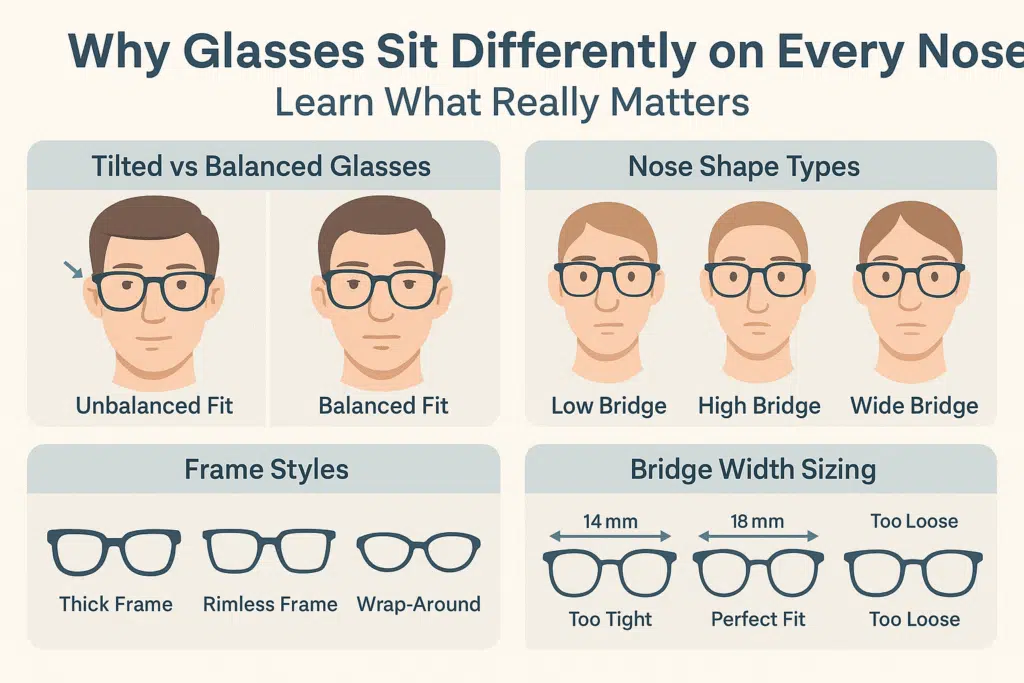
Nose Shape
The shape of your nose contributes a lot to the way a frame will fit:
Low Bridge
- The bridge of the nose is kept low on the face
- One of the typical Asian facial features
- Ideal for the frames of Low Bridge Fit or Asian Fit frames
- Aids in maintaining the prevention of sliding down of the frames
High Bridge
- The nose bridge is high and, in most cases, quite prominent
- Can usually wear standard-fit frames comfortably
- There should be no thick plastic bridges in the frame, since it can appear too high
Wide Bridge
- The width of the nose bridge is larger than normal
- Look for frames with a wider bridge width (18–22mm)
- Avoids constricting, pinching, or reddening spots
Frame Style
Some styles will suit more than others, depending on what you are doing and what you want.
- The thick frames are prone to heaviness and, therefore, sliding away.
- They are thin in weight, and they glide with ease on rimless frames
- Wrap-around or sports frames are designed to hug the face, offering a better grip
- Keyhole bridges are effective on low bridges or narrow noses
Select the style that suits your face and your way of life.
Frame Size
Bridge Width Matters
The common ranges are 14mm-24mm. The following is what to note:
- Too narrow? It pinches the nose and lifts the frame too high
- Too wide? It falls down the nose and causes displacement of vision
The best way is to have a pair that fits you well and measures the same, or have the width of your bridge taken by an optician.
Temple (Arm) Length and Angle
The front may be just right, but with ill-fitting temples (the arms that go over your ears), it can all go to the Shawshank Redemption.
- Too long? They make the glasses move forward, which makes them slide.
- Too short or angled wrong? They hoe by your ears, and raise the frame above your head, youths
- The downward bend must start just behind your ear, not in front of or behind it
Retained alignment creates a proper temple fit, which balances the entire frame on your nose.
Read Also: What Is a Normal PD for Eyeglasses? (Chart + DIY Guide)
How to Adjust Glasses That Don’t Sit Right
It does not matter; there are easy ways to repair the seating of the frames. The safe way I would recommend that you do it:
For Metal Frames (With Nose Pads)
You can use your fingers or a small eyeglass tool kit
- Glasses too low?
- Bend the nose pads toward each other to raise the frame
- Glasses too high or too tight?
- To loosen the fit and bend the nose pads outward to a lower fit
Always curve to form at a low angle and equally on both sides.
For Plastic Frames (Without Nose Pads)
Plastic ones need heat in order to adjust. You can:
- A hair dryer (30 seconds) is used to warm the temples or bridge
- Once warm, carefully bend the bridge or temples as needed
- Too high? Widen the bridge slightly
- Too low? Gently narrow the bridge
Make sure not to heat too much or to crack the plastic. In case you are unsure of it yourself, I would recommend that you have it adjusted by a professional.
For All Frames
Some universal adjustments:
- Add anti-slip nose pads or stick-on bridges
- Try ear hooks or temple tips to keep frames secure
- Use optical wax for minor comfort improvements
Frequently Asked Questions
Where should glasses sit on your nose?
Glasses ought to fit along the curve of your nose, not on the fatty bridge, or low on the nose, or high up close to the brows. The lenses at the top have to be slightly below your eyebrows, and the pupils are in the middle of the lenses.
What is the correct position for glasses on your face?
The right positioning of the glasses implies that the glasses fit flat on your head, the frames adapt to the shape of your nose and the pupils of your eyes, with the optical center of your lenses in a line.
How far up should you wear glasses on your nose?
The glasses you wear shouldn’t be too high, in a manner that the lens would be touching your forehead, or until your eyelash, yet they should have their straight shoulders (several inches) above the brow.
Is it normal for glasses to slide down your nose?
No, it is not normal. Sliding glasses that go out of your nose are either:
- Too loose
- Poorly adjusted
- Or not designed for your face shape
When making the purchase, the fit should be secure such that your glasses stay where they are throughout the day without the need to readjust them.
Read Also: Canthal Tilt Explained: Boost Your Youthful Appearance
Final Thoughts from Me
Having more than 15+ years of experience in glasses, I realized something the hard way, and that is a poor fit may not only cause discomfort. I have had to deal with the headaches of it all until I got red marks on my nose due to the pressure induced by the wrong-fitting frames on my nose.
It does not matter whether you put on glasses to work, drive, spend time on screens, or in any part of life; the proper fitting of glasses is an aspect many people do not take seriously.




